Ars Technica descended in force last week upon our nation's capital, setting up shop in the International Spy Museum for a three-panel discussion on artificial intelligence, infrastructure, security, and how compliance with policy changes over the next decade or so might shape the future of business computing in all its forms. Much like our San Jose event last month, the venue was packed to the rafters with Ars readers eager for knowledge (and perhaps some free drinks, which is definitely why I was there!). A bit over 200 people were eventually herded into one of the conference spaces in the venue's upper floors, and Ars Editor-in-Chief Ken Fisher hopped on stage to take us in.
"Today's event about privacy, compliance, and making infrastructure smarter, I think, could not be more perfectly timed," said Fisher. "I don't know about your orgs, but I know Ars Technica and our parent company, Condé Nast, are currently thinking about generative AI and how it touches almost every aspect or could touch almost every aspect of our business."
Ars EIC Ken Fisher takes the stage to kick things off. Credit: DC Event Photojournalism
Fisher continued: "I think the media talks about how [generative AI] is going to maybe write news and take over content, but the reality is that generative AI has a lot of potential to help us in finance, to help us with opex, to help us with planning—to help us with pretty much every aspect of our business and in our business. And from what I'm reading online, many folks are starting to have this dream that generative AI is going to lead them into a world where they can replace a lot of SaaS services where they can make a pivot to first-party data."
First-party data and first-party software development, concluded Fisher, will be critically important when paired with generative AI—"table stakes," Fisher called them, for participating in the future of business.
After Ken, it was on to our first panel!
“The Key to Compliance with Emerging Technologies”
Up first were Anton Dam, an engineering VP with Auditboard; John Verdi of the Future of Privacy Forum; and Jim Comstock, a cloud storage program director at IBM. The main concern of this panel was how companies will keep up with shifting compliance requirements as the pace of advancement continues to increase.
Each panelist had somewhat of a complementary take. AuditBoard's Dam emphasized how quickly AI is shifting things around and pointed out the need for organizations to be proactive—to be mindful of regulatory changes before they happen and to have plans in place. "If you want to stay compliant," Dam said, "you have to be proactive and not wait for, say, agency guidance."
Hutchinson, Comstock, Dam, and Verdi. Credit: DC Event Photojournalism
FPF's John Verdi dwelled for a bit on the challenge of doing just that and balancing innovation against the need to comply with regs. He noted that a "privacy by design" approach for products—where considerations about compliance are factored into something's design from the very beginning rather than being treated as bolt-ons later—ultimately serves both the customer and the business.
Cross-border compliance also came up—with big cloud providers and data that perhaps resides in different countries, different laws apply. Making sure you're doing what all of those laws say is hugely complex, and IBM's Comstock pointed out that customers need to both work with vendors and also hold those vendors accountable for where one's data resides.
“Data Security in the Age of AI-Assisted Cyber Espionage”
Next, we shifted to an infosec outlook, bringing on a four-person panel that included former Ars Technica senior security editor Sean Gallagher, who is currently keeping the world safe at Sophos X-Ops. Joining Sean were Kate Highnam, an ML engineer at Booz-Allen Hamilton; Dr. Scott White, director of cybersecurity at George Washington University; and Elisa Ortiz, a storage and product marketing director at IBM.
Hutchinson, Ortiz, White, Highnam, and Gallagher. Credit: DC Event Photojournalism
For this panel, we wanted to look at the landscape around us, and Sean kicked the session off with a sobering description of the most profligate cyber threats as they currently exist today. "Pig butchering" was at the top of his list—that is, a shockingly common romance scam where victims are tricked into an emotional connection with a scammer, who then extorts them for money. (As Sean explained, the scammers themselves are often also victims, typically being trapped without their passports in foreign countries and forced to engage in scamming as their only hope to escape back home.) Scams like this increasingly use AI to work around language barriers—if a scammer who only speaks Cantonese targets a victim who only speaks German, for example, the scammers have begun using LLMs to carry on the scam, with LLMs providing not just basic translation but also native colloquialisms and other human-like linguistic tweaks to help sell the scheme.
Dr. Scott White of GWU took us from scams to national security, pointing out how AI can and is transforming intelligence gathering in addition to romance scams. Booz-Allen Hamilton's Kate Highnam continued this line of discussion, walking us through several ways that machine learning helps with detecting cyber-espionage activities. As good as the tools are, she emphasized that—at least for the foreseeable future—there will continue to need to be a human in the loop when AI is used for detection of crimes. "AI is really good for generalizing our directions," she said, "but at the end of the day, we have to make sure that we are very clear with our assumptions."
IBM's Ortiz closed out the panel by reminding us that threats don't just come in through the proverbial front door—one of the areas where companies can have significant vulnerabilities is via their backups. As attackers increasingly target backups, Ortiz advocated broad use of predictive analytics and real-time anomaly detection in order to spy out any oddness attackers might be up to.
“The Best Infrastructure Solution for Your AI/ML Strategy”
Our final panel had a deceptively simple title and an impossible task, because there is no "best" infrastructure solution. But there might be a best infrastructure solution for you, and that's what we wanted to look at. Joining me on stage were Daniel Fenton, head of AI platforms at JLL; Arun Natarajan, director of AI innovation at the IRS; Amy Hirst, VP of site reliability engineering and user experience at IBM; and Matt Klos, an IBM senior solutions architect.
Fenton, Natarajan, Hirst, and Klos. (You can't see me, but I'm just off-stage to the left.) Credit: DC Event Photojournalism
It's always fascinating to get to ask the IRS anything, and Natarajan gave insightful answers. He opened by contrasting the goals and challenges of the IRS's IT strategy as a government service organization to the goals of a typical enterprise, and there are obvious significant differences. Fancy features don't count as much as stability, security, and integration with legacy systems. AI is being looked at where appropriate, but what the IRS needs from AI more than anything else is transparency, and that can sometimes be lacking. "We're challenged with ensuring ethical AI and transparency to the taxpayer, which requires a different approach than private sector solutions."
Other panelists, like JLL's Fenton, emphasized the use of open architecture to ensure flexibility; IBM's Klos also noted that often, even the best laid plans of data center engineers gang aft agley are due not to architecture issues or poor design but to actual physical infrastructure not being what was expected. "One of the biggest pitfalls I see is power," he explained. "Customers assume it's everywhere, but it's often a limiting factor, especially in high-demand AI infrastructure."
Amy Hirst pointed out that when building one's own AI/ML setup, traditional performance metrics still apply—and they apply across multiple stacks, including both storage and networking. Her advice sounds somewhat traditional but holds absolutely true, even now. "You have to consider both latency and throughput," she said. "Both are key to establishing your system's needs for AI workloads."
Drinks and everything thereafter
And with that, our panel discussions were done. The group dispersed, with some folks heading downstairs for a private tour of the museum's "Bond in Motion exhibit, which featured the various on-screen rides of 007. Then there was a convergence on the bar and about an hour of fun conversations.
Cocktail time! Did our photographer snag you in a picture? Comment below and say hi! DC Event Photojournalism
For me, the networking and socializing is always the best parts of events like this, and getting to shake hands and swap business cards with Ars readers is one of the most exciting and joyful parts of this job. A special thank you to everyone who stuck around for the cocktail hour and who got a chance to say hi—you're special, and I'm glad you came to the event!
And if you're reading this and you're sad that you didn't get to make it to any of our events this year, that's OK—we'll do more next year. Stay tuned to the front page because Ars might be coming to your town next!


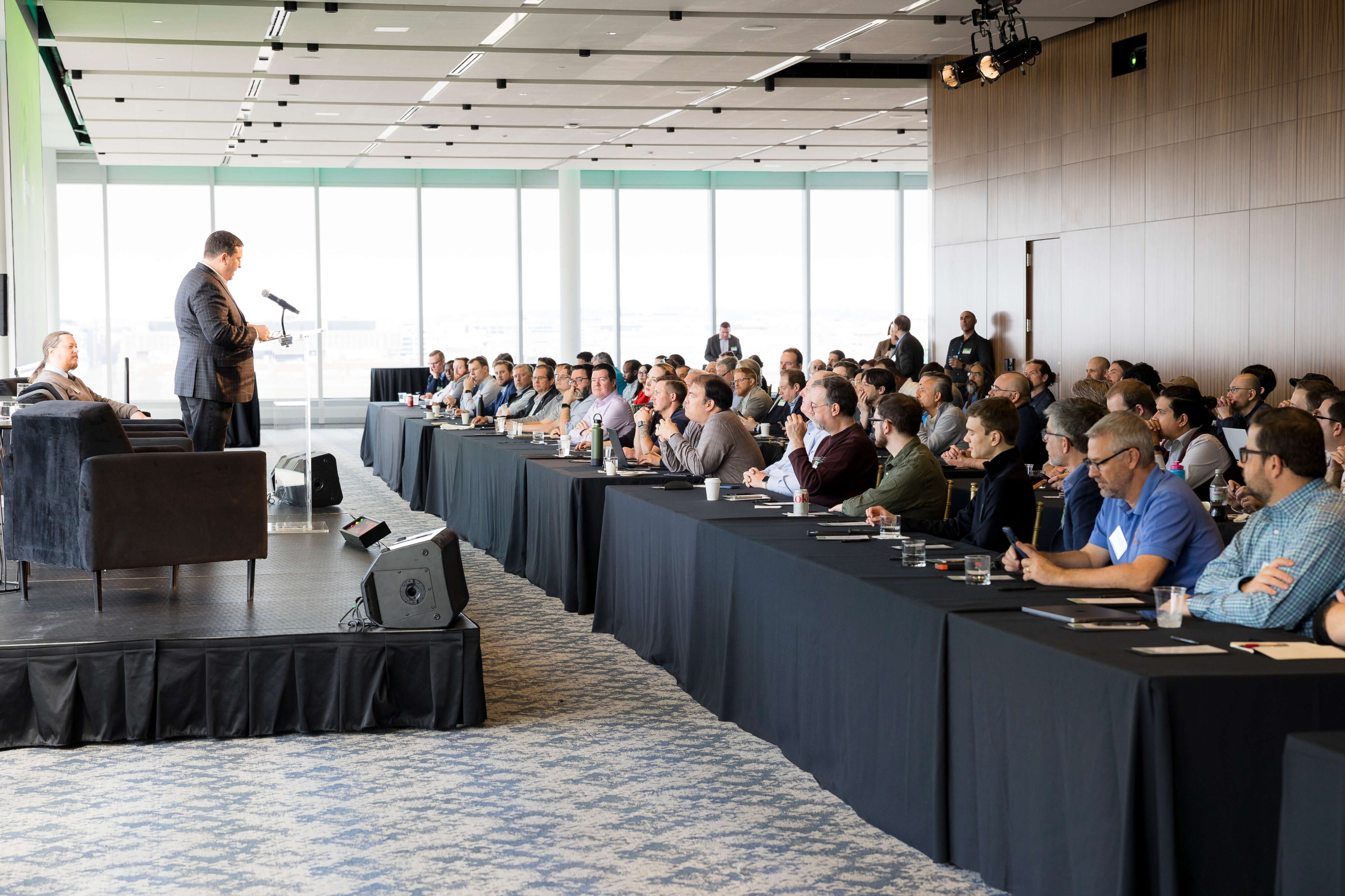
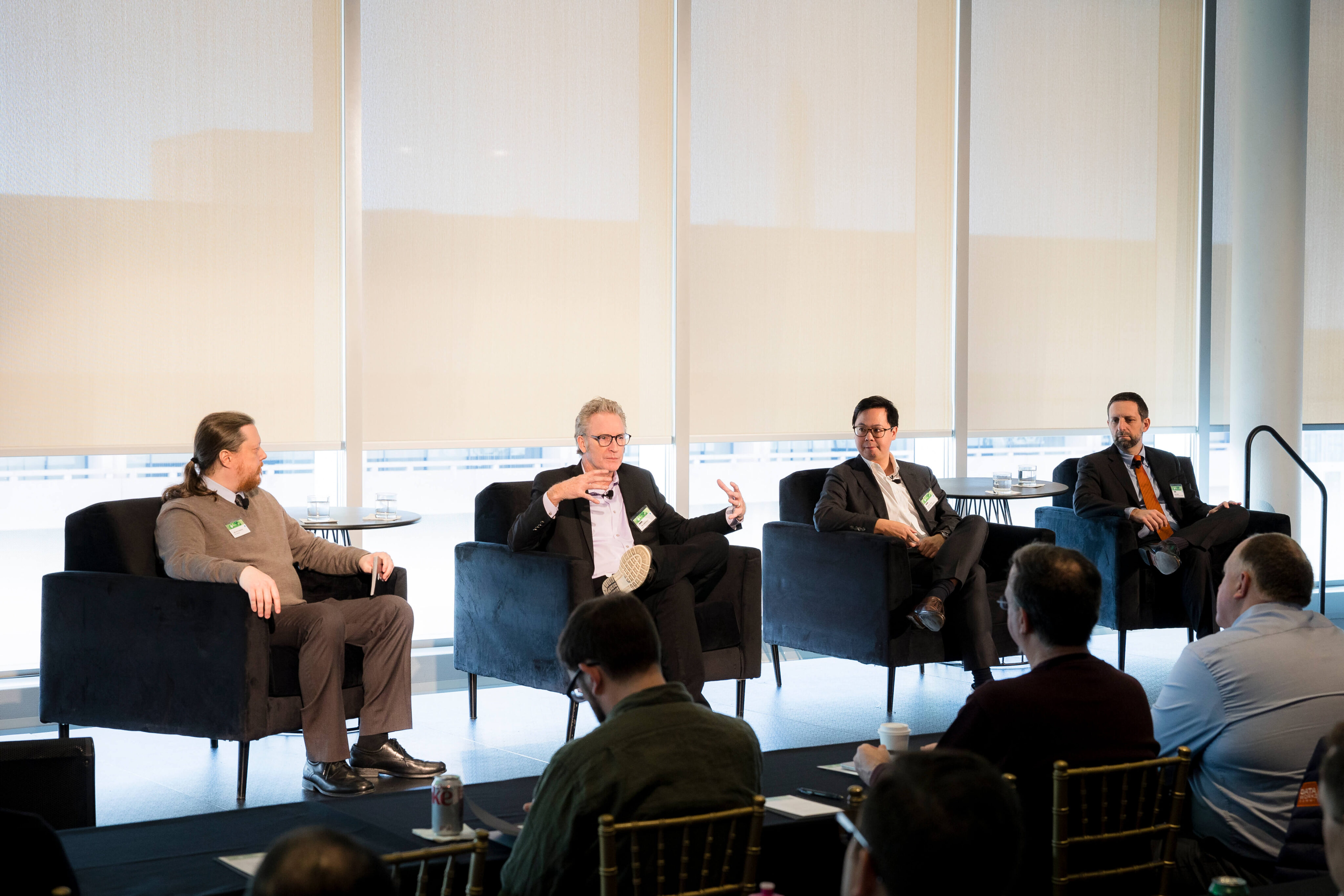
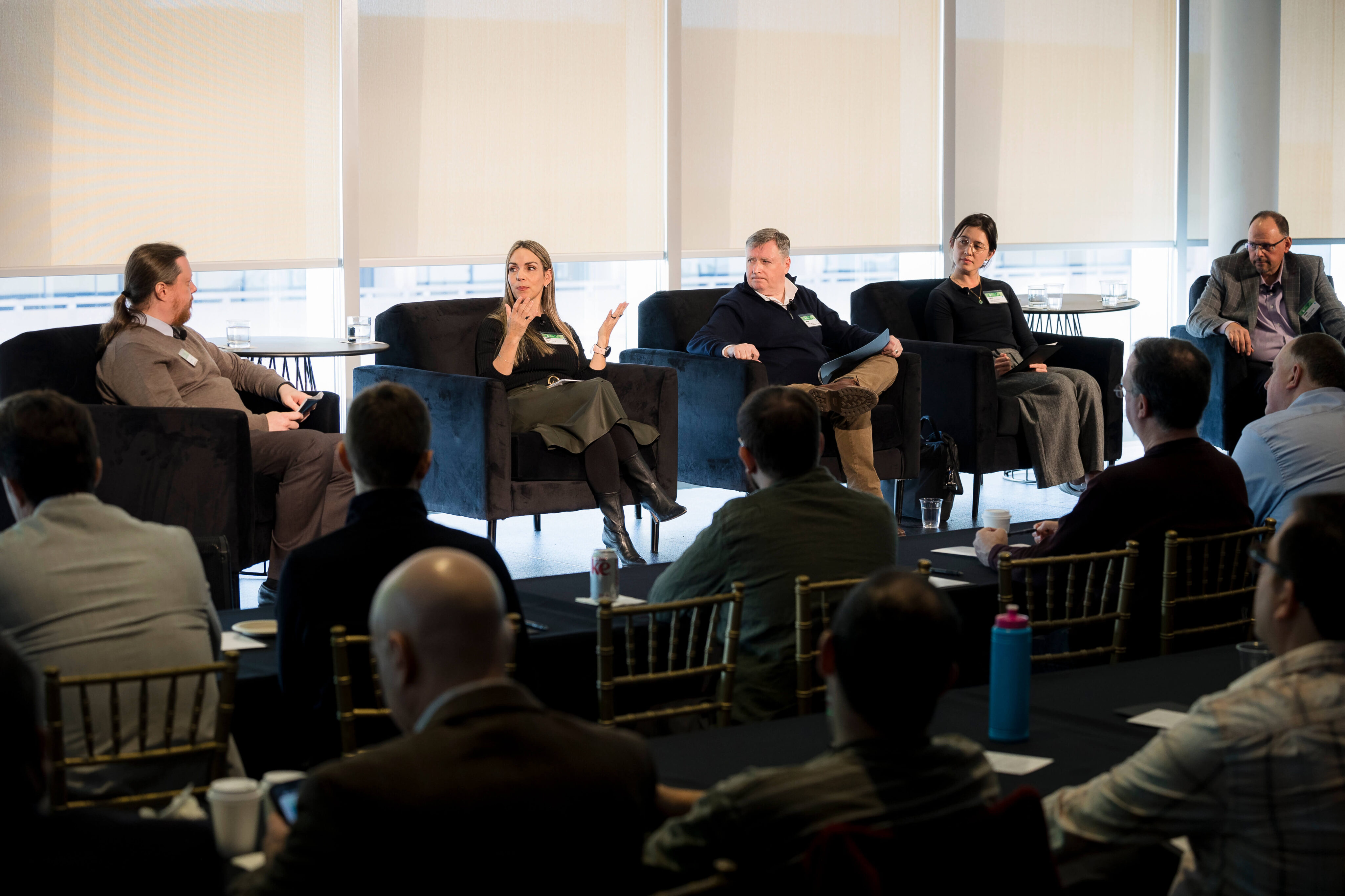
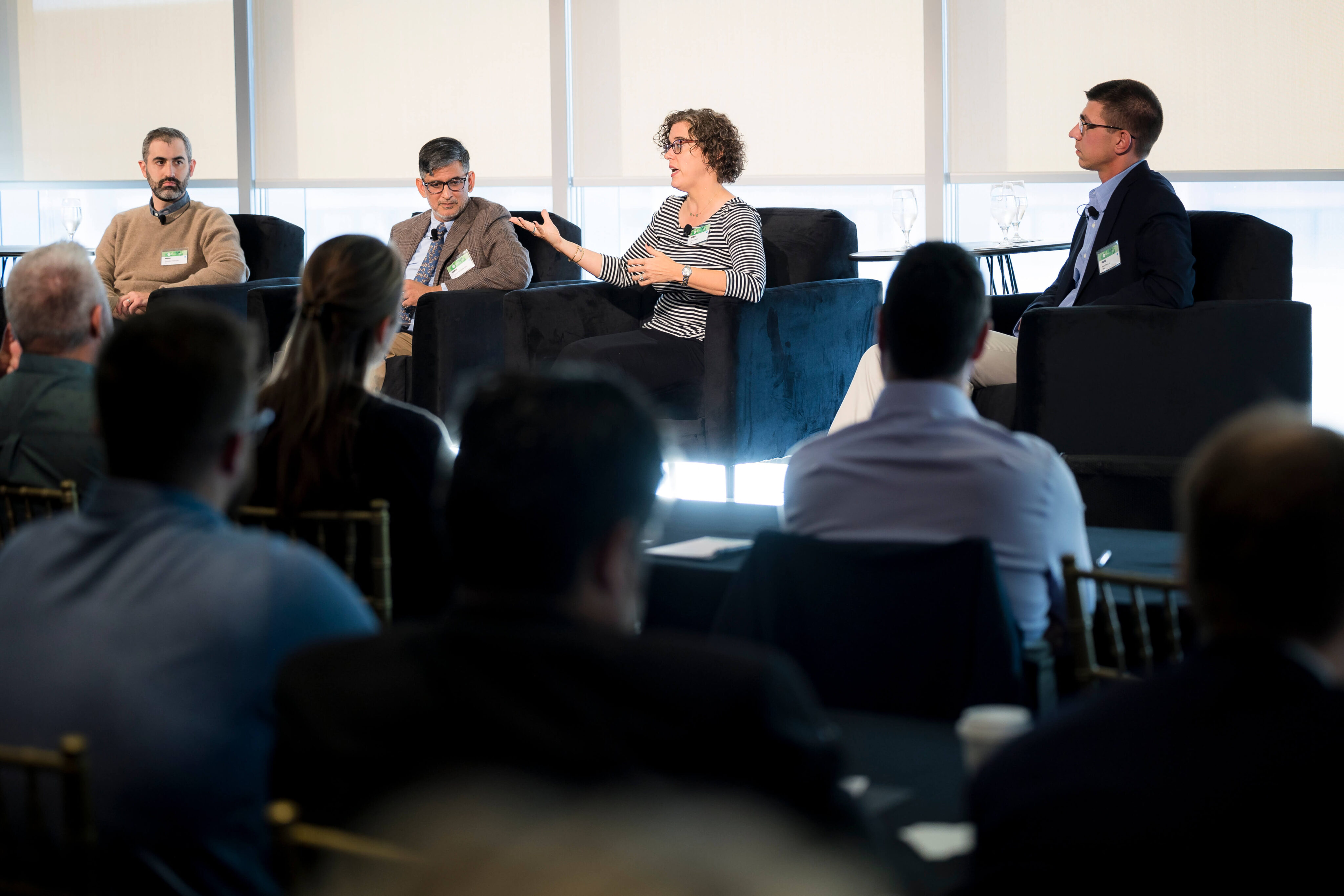
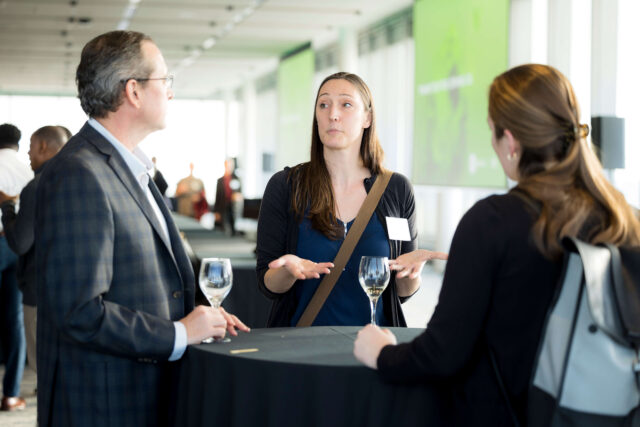
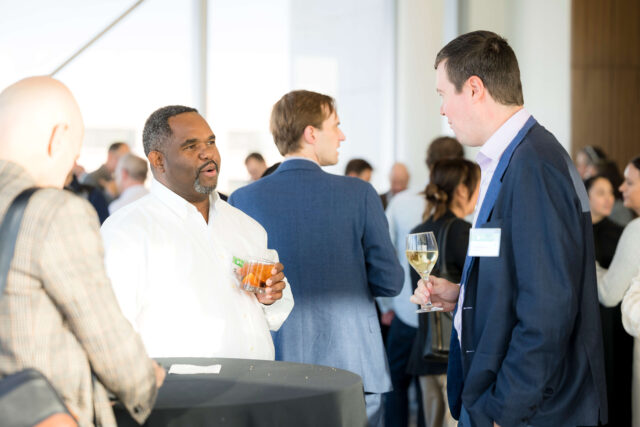








:quality(85):upscale()/2023/11/02/731/n/1922729/5b5445f96543cf5c21d629.18264167_.jpg)
 English (US) ·
English (US) ·